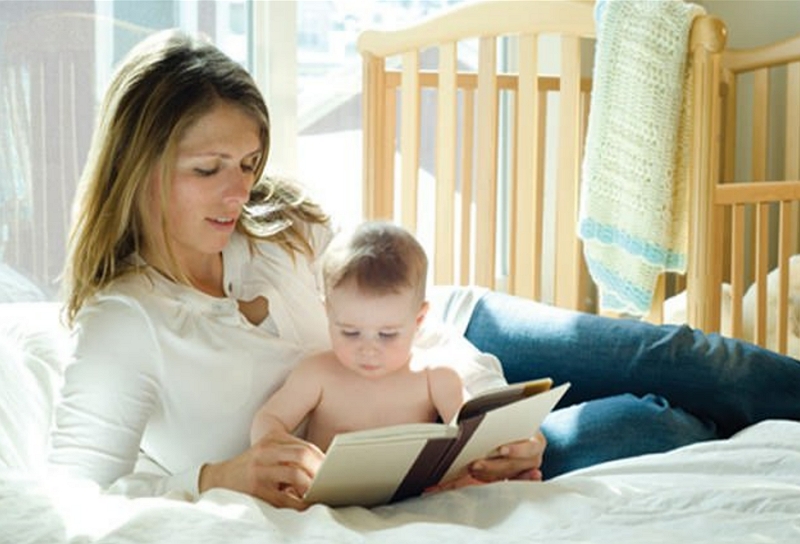How to choose the gender of your baby book? In the past, a couple would hope and pray that they would be able to have one child. This is no longer the case for most modern couples who want two or more children.
The good news is that there are several ways in which you can find out what gender your baby will be before it has even been born! It may sound like science fiction but this technology works and allows you to choose whether or not you want boys or girls with 99% accuracy!

One of the most popular methods for determining your baby’s gender is through an at-home kit called Intelligender™ – these tests claim to work by using urine samples from pregnant women during their first trimester (up until about 12).
The Intelligender™ test is based on the concept that male and female DNA has different properties when it comes to specific compounds in urine – so by testing these compounds, you can tell whether or not there will be any Y chromosomes present (which means your baby would have been born with XY).
It’s believed this technology may also work for couples going through IVF treatments because they use a similar method of determining gender at conception.
These tests do not screen out birth defects but many parents still prefer them over other options such as amniocentesis (which carries risks) or chorionic villus sampling where cells taken from placental tissue are studied under laboratory conditions before being returned into mommy’s womb.
So how does this all work? Well, it’s pretty simple: you take a urine sample from both parents and then mix them in one container labelled “father” and another labelled “mother.”
The next step is to combine these two samples into an Intelligender™ mixing cup (or similar), which will react with the compounds found within each person so that after about 15 minutes there should be either blue or pink coloration at the bottom of your new containers.
If it turns greenish-yellow, then no gender was detected yet because there were not enough X-chromosome molecules present!
This means she might not even know whether her baby boy or girl until the delivery day arrives, but either way, there’s always another option – waiting until after birth to find out more information about your child.
The Intelligender™ test is not 100% accurate, but it has been shown to work in over 80% of cases where parents want gender-specific children before conception.
The kit can also be used by couples going through IVF treatments because they use a similar method for determining sex at conception (by testing compounds found within urine samples taken from both partners).
You should know that these tests do not screen out birth defects however many people still prefer them over other options like amniocentesis which carries risks or chorionic villus sampling where cells taken from placental tissue are studied under laboratory conditions before being returned into mommy’s womb.
What do you write in a keepsake baby book?
You want to write real-life stories that capture your baby’s personality. But, you have no idea how to begin… What do you write in a keepsake baby book?
This is the most common question I receive from new parents. So, let me help! How much detail should I add? Let’s say you are writing about when your little one sat up for the first time. You could simply say “On this day (date), my babysat up all by himself/herself!
We were so proud of him/her!!” That would be perfectly acceptable but certainly not as memorable as if you described what was happening at that moment and what emotions or thoughts crossed your mind while watching your baby conquer this new milestone.
Adding detail makes your writing more interesting and engaging for future readers. But, you don’t want to go overboard with it either. Try to keep your entries short and sweet, especially if you are including photos as well.
As for what details to include, here are some ideas:
-The weather on that day
-What your baby was wearing
-How you were feeling at the time
-What milestones your baby has accomplished so far (for example, sitting up, crawling, saying first words)
-Any funny or memorable moments from that day/week/month etc.
When it comes to what to write in a keepsake baby book – just be yourself! If you don’t know how to start, then just write down anything that comes to your mind. Don’t overthink this task because it can cause writer’s block and make things more difficult than they should be.
Remember: Not every entry has to be a masterpiece! These are the thoughts of new parents who are still learning about parenthood.
So, if you feel like writing in bullet points or using abbreviations – go for it! Your child will appreciate any effort made on their behalf when he/she grows up and reads these entries as an adult one day. And who knows? Maybe someday we will even have time machines so that our children could visit us back when they were babies too! What a fun idea!
-On this day (date), my babysat up all by himself/herself!
– milestone: sitting up, emotions, thoughts
-What the weather was like that day
-What my baby was wearing
-How I felt about it at the time
-“Milestones” section: add info on standing up, walking, etc.
-Funny or memorable moments from that day/week/month etc.
